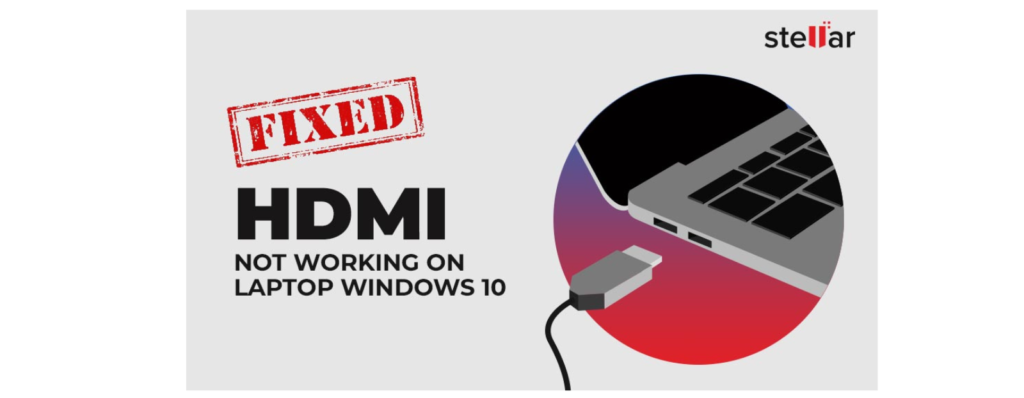Discount up to 35% for first purchase only this month.
When encountering HDMI connection issues on a Windows 10 system with Intel graphics, there are several potential causes and troubleshooting steps to consider:

“If you continue to experience HDMI connection issues after trying these troubleshooting steps, it’s possible that there may be a hardware problem with either the computer’s HDMI port or the external display. In such cases, consider contacting the manufacturer for further assistance or having the hardware inspected by a professional technician”
100% Original product that covered warranty by the vendor.
You have the right to return your orders within 30 days.
Your orders are shipped seamlessly between countries
Your payments are secure with our private security network.
Evisioninfoserve is dedicated to providing high-quality refurbished laptops to our customers. We understand that not everyone can afford brand-new laptops, and we believe in the value of extending the lifespan of technology while offering affordable options.
+91 9205888941
WhatsApp us